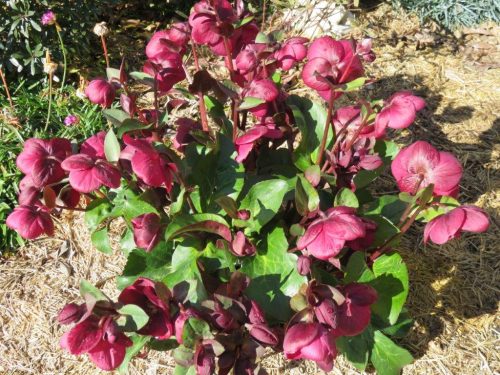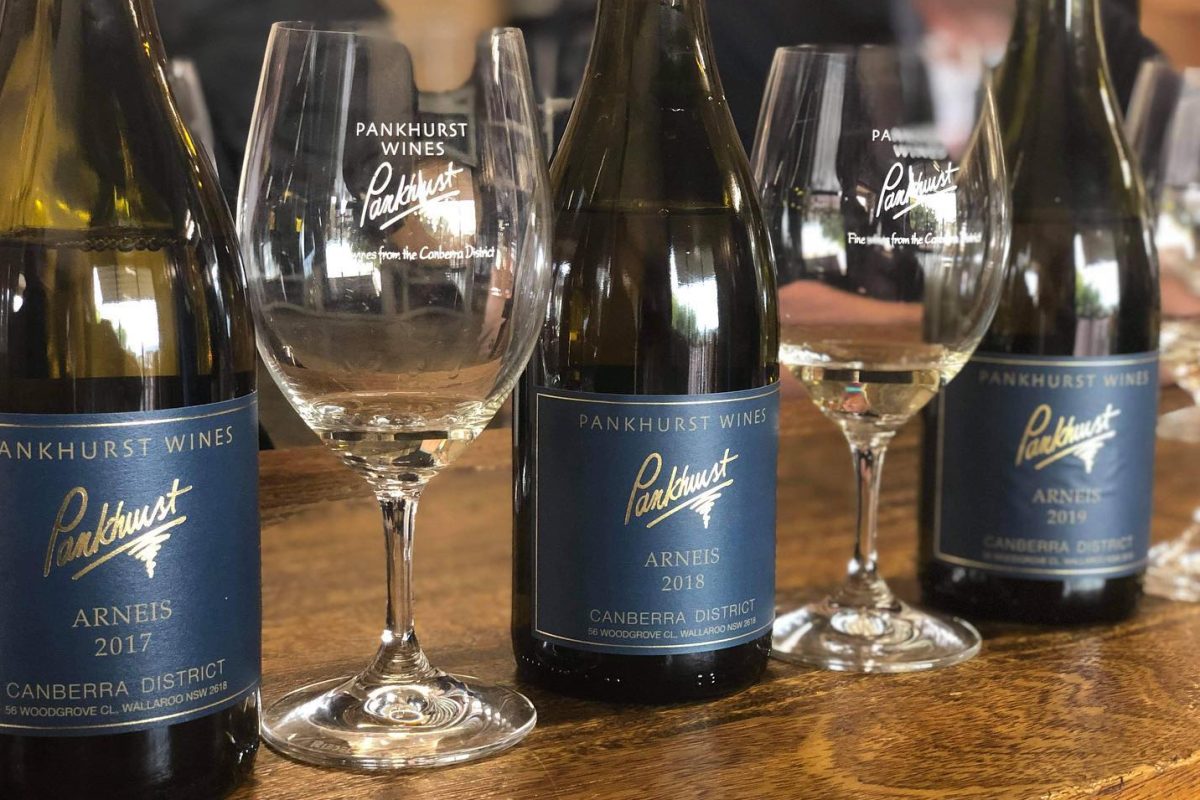
“Winter annuals combined with perennials, shrubs and bulbs can be a riot of colour,” writes gardening columnist CEDRIC BRYANT.
WINTER doesn’t have to be a drab time in the garden, when colour can be provided with small evergreen shrubs combined with perennials.
Many evergreen shrubs have a display of flowers in winter, and during this wonderful year for gardeners and farmers, plants have shown prolific growth.

A prime example is camellia sasanqua, which flowers for most of the winter and is beloved by honeyeaters for nectar. We know the birds have arrived with their distinctive squawk. These camellias have been coming into flower considerably earlier, by several weeks at least, this year. The magnificent hedge along our rear fence of camellia sasanqua “Hiryu”, with its rich, pink flowers came into flower weeks ago.
Equally so is camellia “Paradise Sarah”, with its soft-pink flowers. The main advantage of camellia sasanqua is they’re extremely hardy, and will take extended periods of no rain and full sun. The drought tolerance of this variety of camellia was demonstrated in the drought of 2003-2008 where they survived in areas with no artificial watering and spasmodic rainfall.
Other small flowering shrubs include the wide range of heathers and ericas, with flowers ranging from pink through to purple and white. These grow from the Mediterranean to South Africa, demonstrating their drought tolerance. There are more than 900 species, all good for providing winter colour from late autumn to early spring. E. x darleyensis, a cross between E. carnea and E. erigena, grows exceptionally well to 60cm x 75cm, with its profusion of pink flowers. For white flowers, choose E. x darleyensis “Alba”.
I can’t go past the equally large range of hellebores, or winter rose. To clarify, they’re not related to roses but the name refers to their similarity to old-fashioned roses with single petals. These are arriving in garden centres now, with colours galore. Almost all grow to about 50cm x 50cm, and prefer partial shade. Some varieties I highly recommend for winter colour include “Charmer” with rich, deep-pink flowers, “Anna’s Red”, “Angel Glow”, “Tutu” and “Tutu White”. These are ideal along the front of a garden bed, or plant in groups, three to five of the same colour. If you already have hellebores, this is the final reminder – cut last year’s leaves to ground level, today! This is important for the sun to get to the base of the plant for flower production.

A similar reminder applies to winter iris; cut back leaves to ground level today for flowers this winter. The iris is also known as Algerian iris, again indicative of its origin and drought tolerance.
Winter annuals combined with perennials, shrubs and bulbs can be a riot of colour. Get planting this weekend!
Who can be trusted?
In a world of spin and confusion, there’s never been a more important time to support independent journalism in Canberra.
If you trust our work online and want to enforce the power of independent voices, I invite you to make a small contribution.
Every dollar of support is invested back into our journalism to help keep citynews.com.au strong and free.
Thank you,
Ian Meikle, editor




Leave a Reply